This 3D model of Helm’s Deep consists of files in StereoLithography (.Stl) format that is optimized for 3D printing.
Before printing the files, we strongly recommend reading the PRINTING DETAILS section.
WHAT WILL YOU GET AFTER PURCHASE?
- 4 versions of Helm’s Deep STL files for FFF/FDM, DLP/SLA, DLP/SLA Eco, and SLS — files for all versions are available for download after the purchase;
- STL files of high-poly Helms Deep 3D model consist of 101 files;
- Sizes for:
- FFF/FDM: 330 mm tall, 760 mm wide, 607 mm deep;
- DLP/SLA/SLS: 165 mm tall, 380 mm wide, 304 mm deep;
- Assembly Manual for 1.0 FFF/FDM and 1.0 DLP/SLA versions in PDF and video formats;
- Detailed settings that we provide as a recommendation for Cura, Bambu Studio, Simplify3D, Slic3r and PrusaSlicer for the best print;
- Full technical support from the Gambody Support Team.
Detailed information about these 3D printer files is available in the DESCRIPTION section.
ABOUT THIS 3D MODEL
Battle of the Hornburg, where the army of Saruman the White confronted the Rohirrim Army supported by Huorns, is a legendary episode in The Lord of the Rings. The long battle, where the hordes of Orcs attacked the fortress attempting to break the gate and eliminate their enemies, ended with the destruction of the force of Saruman.
Helm’s Deep 3D model for printing is an exclusive design from Gambody contributor that stands out for its beautiful design, top quality, and precise details. The Hornburg fortress with its Deeping Wall situated between northern and southern cliffs is a stunning view: the building has excellent zoning with numerous stairs, arches, towers, and gates, every texture of its surface is meticulously designed and every proportion is observed. The scale and sculpting of the mountains are commendable and, additionally, Helm’s Deep 3D printing design features the beautiful Glittering Caves, another highlight of this spectacular landscape. Your LOTR collection will be incomplete without Helm’s Deep, start printing the legendary fortified gorge today!
ADAPTATION FOR 3D PRINTING
Helm’s Deep for 3D printing is a static assembly model and its moderation and adaptation for different types of 3D printers took the Gambody team 65 hours in total. The 3D model’s zoning and proportions were thoroughly reviewed during the moderation process for the fortified gorge to be depicted harmoniously.
The cutting of the 3D printing design was chosen by our team to minimise the amount of generated support and some of the parts were hollowed out for you to save resin in the Eco version. In order to conceal the places where the assembly parts of the 3D printable model are connected, Helm’s Deep was divided into convenient assembly parts.
All assembly parts in the 1.0 FFF/FDM version are provided in STL files in recommended positions that were worked out in order to ensure the smoothness of the details’ surfaces after printing and that the 3D printing beginners won't face difficulties when placing the parts on a build plate. When downloading any model's file you will also receive "Assembly Manual" for 1.0 FFF/FDM and 1.0 DLP/SLA versions in PDF format. We highly recommend that you get acquainted with the “Assembly Video” and "Assembly Manual" before getting down to Lord of the Rings Helm’s Deep.
The design is saved in STL files, a format supported by most 3D printers. All STL files for 3D printing have been checked in Netfabb and no errors were shown.
The scale of the 3D print model was calculated from the height of Hornburg. The 3D printer design’s chosen scales are 1:450 for the FFF/FDM version and 1:900 for the DLP/SLA/SLS versions.
VERSIONS’ SPECIFICATIONS
1.0 FFF/FDM version’s features:
- Contains 38 parts;
- A printed model is 330 mm tall, 760 mm wide, 607 mm deep;
- All parts are divided in such a way that you will print them with the smallest number of support structures.
1.0 DLP/SLA version’s features:
- Contains 31 parts;
- A printed model is 165 mm tall, 380 mm wide, 304 mm deep;
- All parts are divided in such a way to fit the build plates and to ensure that support structures are generated where needed.
1.0 DLP/SLA Eco version’s features:
- Contains 31 parts;
- A printed model is 165 mm tall, 380 mm wide, 304 mm deep;
- Some parts are manually hollowed out to save resin.
1.0 SLS version’s features:
- Contains 1 part — 3D printer files of solid Helm’s Deep.
You can get the STL files of Helm’s Deep for 3D printing immediately after the purchase! Just click the green Buy button in the top-right corner of the model’s page. You can pay with PayPal or your credit card.
Watch the tutorial on how to assemble the 3D printed Helm’s Deep model from the provided 3D print files on Gambody YouTube channel.
Also, you may like other Buildings 3D printer designs.
_______
FAQ:
Generic
Below you can find printing recommendations for Cura, Bambu Lab, Simplify3D, Slic3r and PrusaSlicer software.
Disclaimer: The following printing settings are a recommendation, not an obligation. The parameters can vary depending on the peculiarities of your 3D printer, the material you use, and especially the particular assembly part you are working with. Each part that any model comprises often needs preliminary review, and you are free to tweak the settings the way you find suitable.
Note:
You can scale up the model (downscaling for FFF/FDM 3D printers is not recommended!);
All connectors should be printed at 100% Infill.
Bambu Lab printing recommendations:
These basic 3D printing settings recommendations for beginners were tested in Bambu Studio 1.9.5. Test models were printed on the Bambu Lab A1, Bambu Lab A1 Mini, Creality Ender 3 S1, Anycubic Kobra 2, and Anycubic Vyper using PLA and PETG filaments.
To avoid printing problems, we recommend the following settings: download
Cura printing recommendations:
These are averaged settings which were tested in the Cura 5.8.1 slicer. Test models were printed on Anycubic Vyper, Creality Ender 3 Pro with PLA filament.
To avoid printing problems, we recommend the following settings: download
Simplify3D printing recommendations:
These are averaged settings which were tested in the Simplify3D 5.0.0 slicer. Test models were printed on Anycubic Vyper, FLSUN v400, Ender3 S1 with PLA filament.
To avoid printing problems, we recommend the following settings: download
Slic3r printing recommendations:
These basic 3D printing settings recommendations for beginners were tested in Slic3r 1.3.0 software. Test models were printed on Ultimaker 2, Creality Ender 3, Creality Cr-10S pro v2, Anycubic I3 Mega, Anycubic I3 MegaS, Anycubic Vyper with PLA and PetG filaments.
To avoid printing problems, we recommend the following settings: download
PrusaSlicer printing recommendations:
These basic 3D printing settings recommendations for beginners were tested in PrusaSlicer 2.3.1. Test models were printed on Ultimaker 2, Creality Ender 3, Creality Cr-10S pro v2, Anycubic I3 Mega, Anycubic I3 MegaS, Anycubic Vyper with PLA and PETG filaments.
To avoid printing problems, we recommend the following settings: download

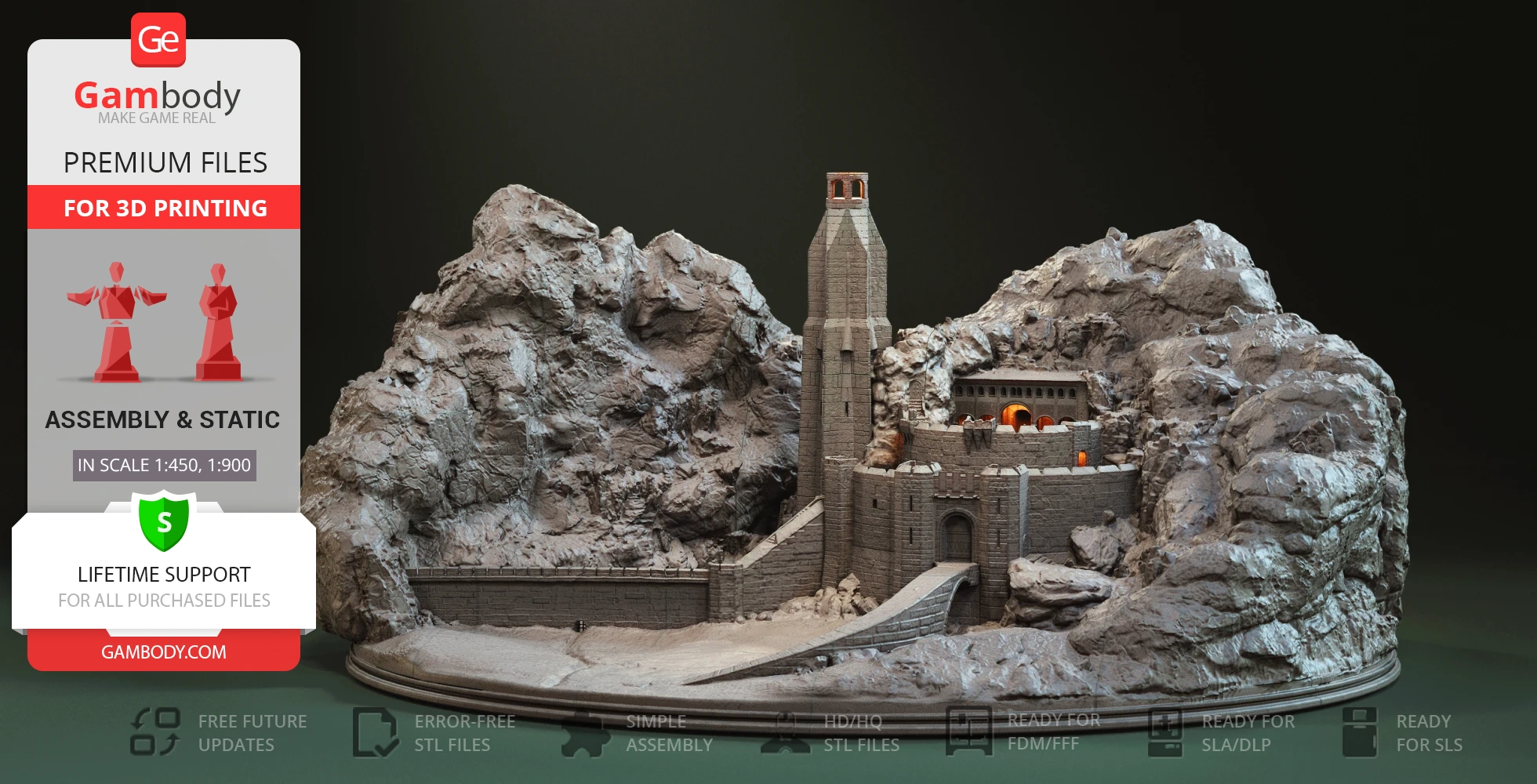
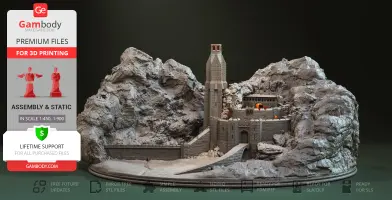
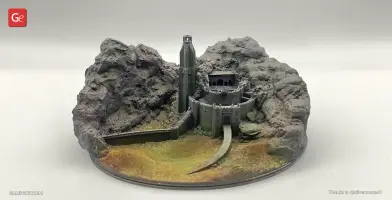
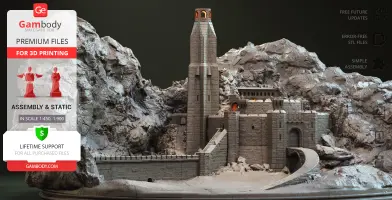
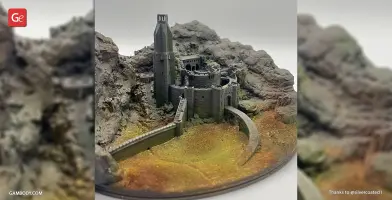
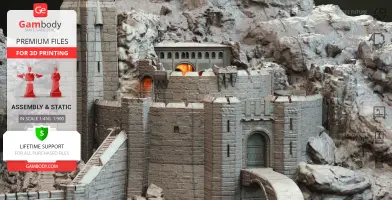
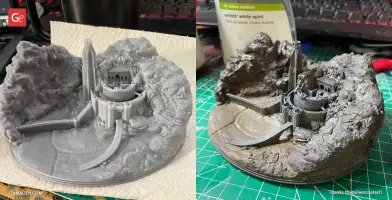
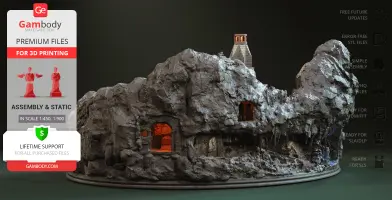
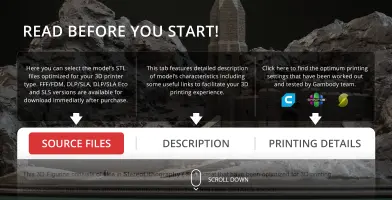
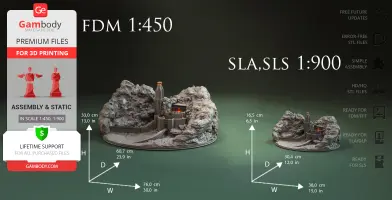
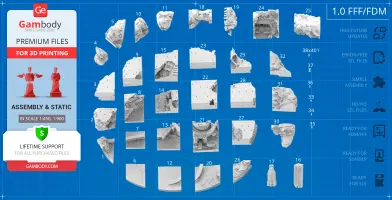
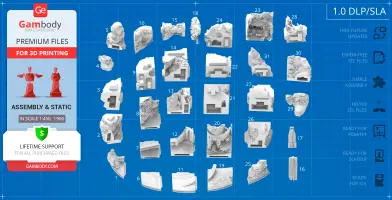
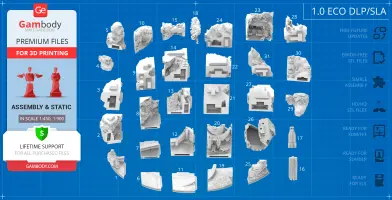
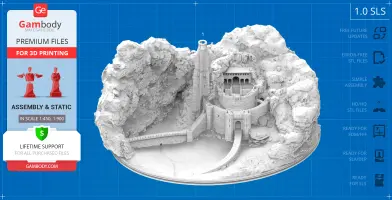
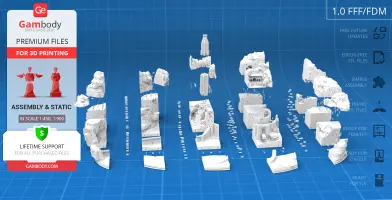
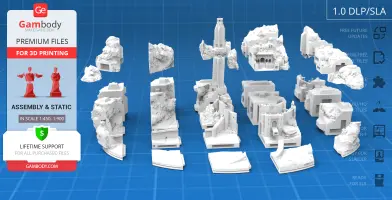
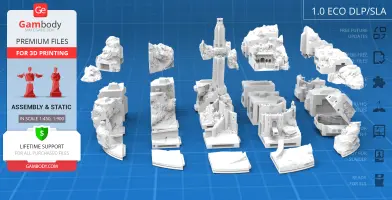
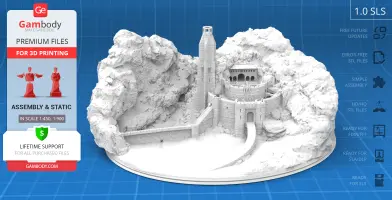
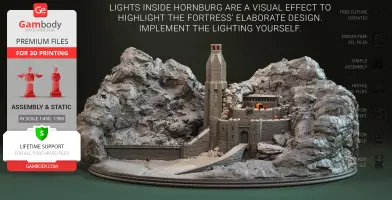
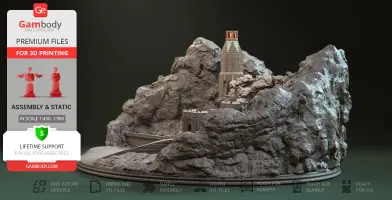
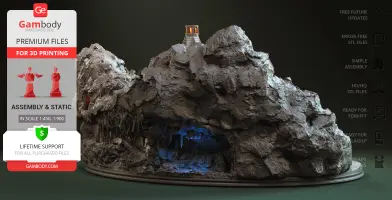
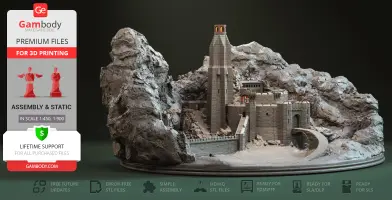
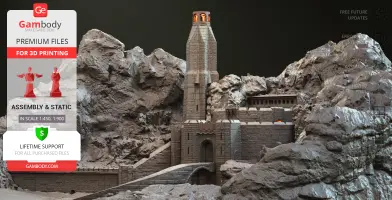
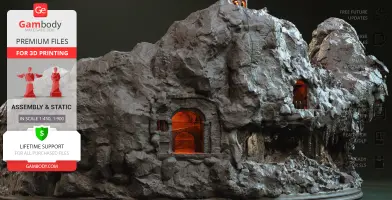
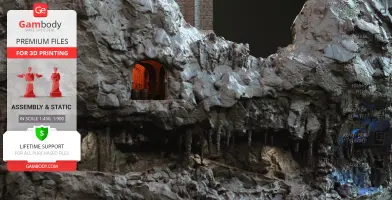
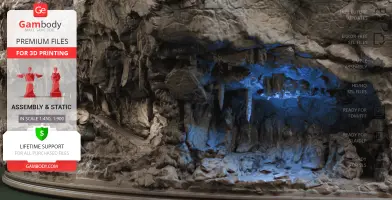
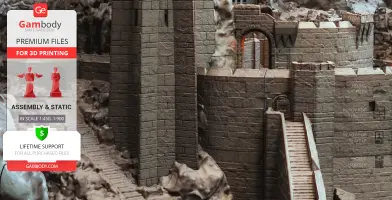
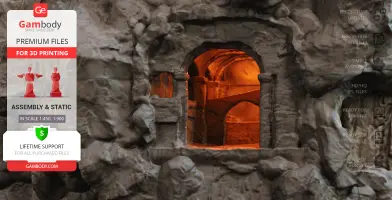
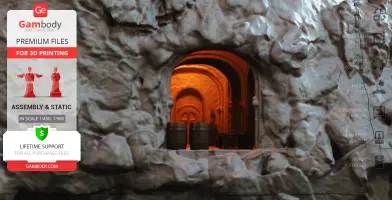
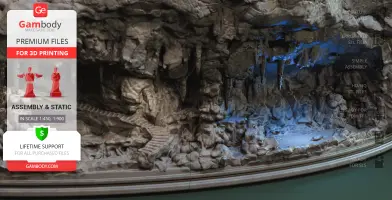
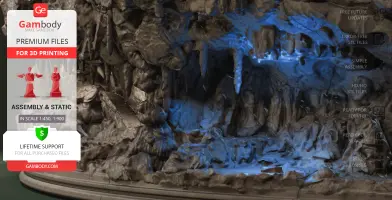
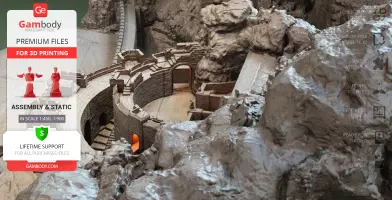
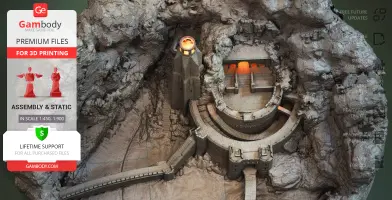
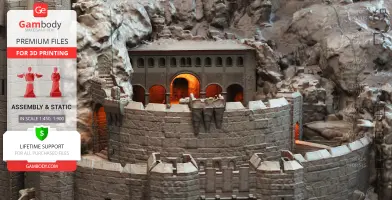
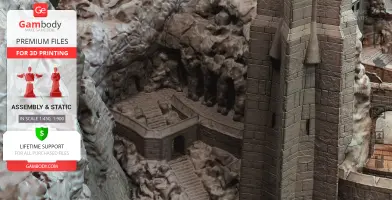
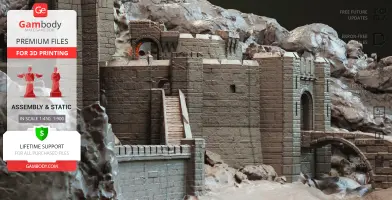
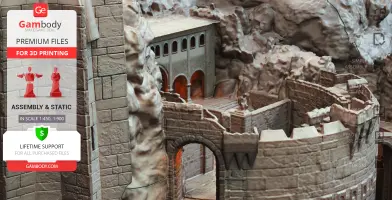
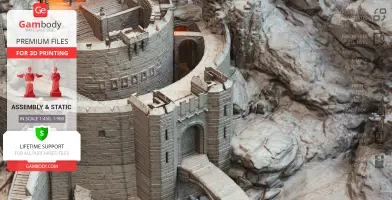
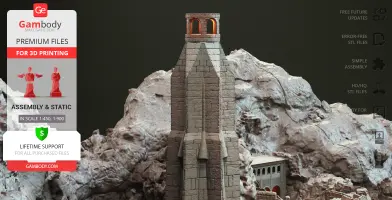
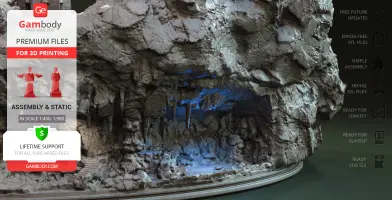
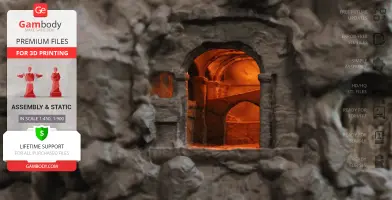
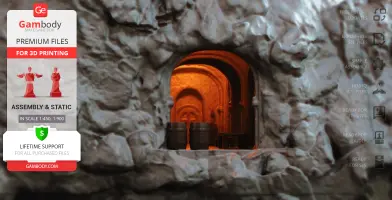
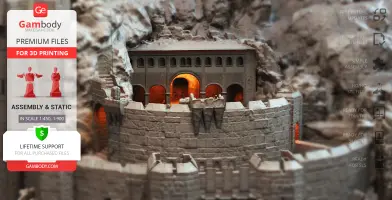
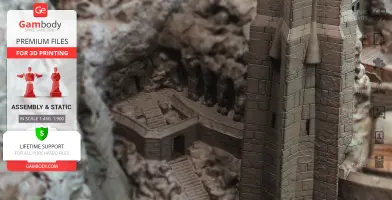
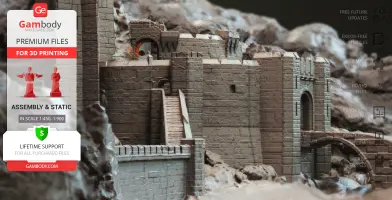
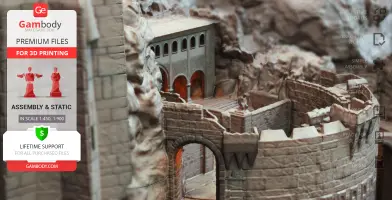
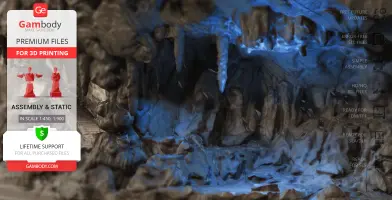
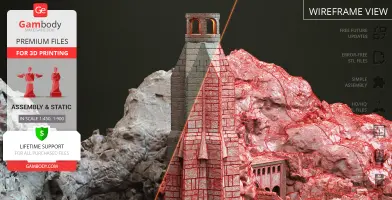
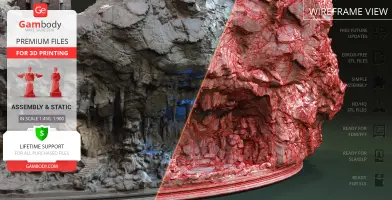
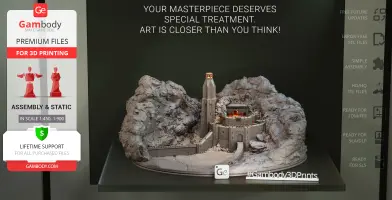
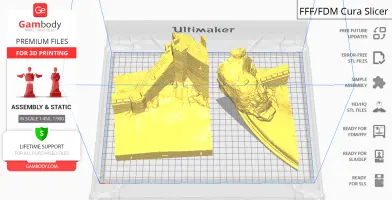
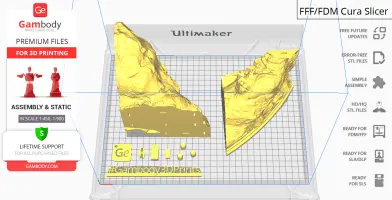


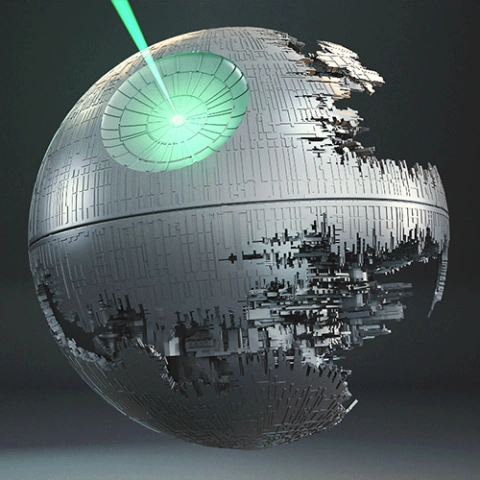
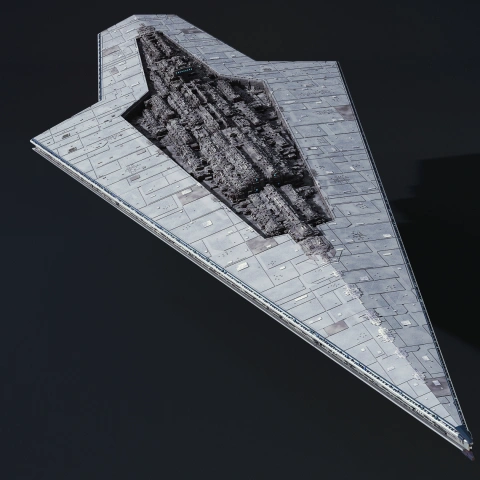
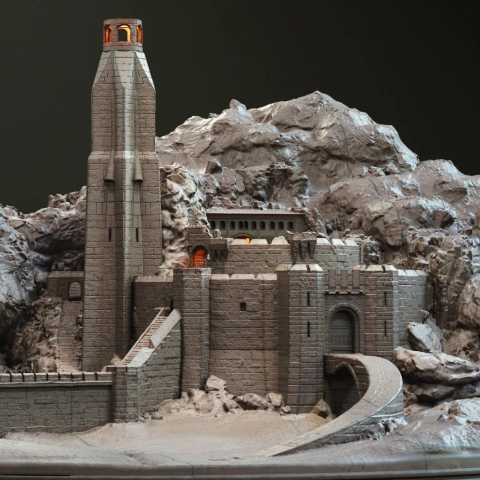
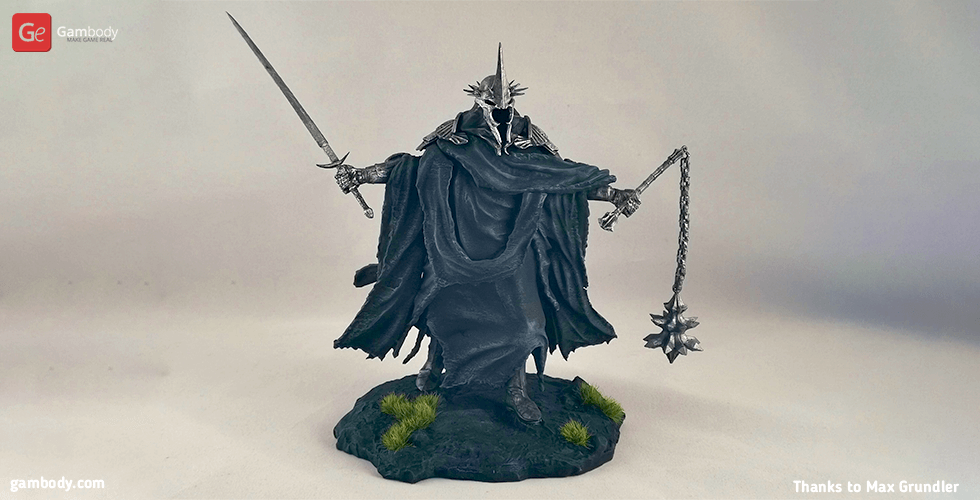
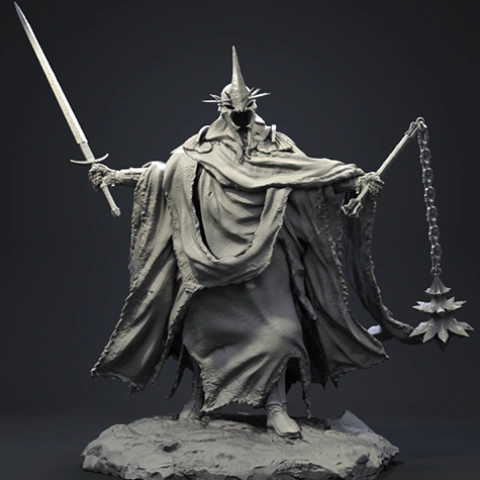
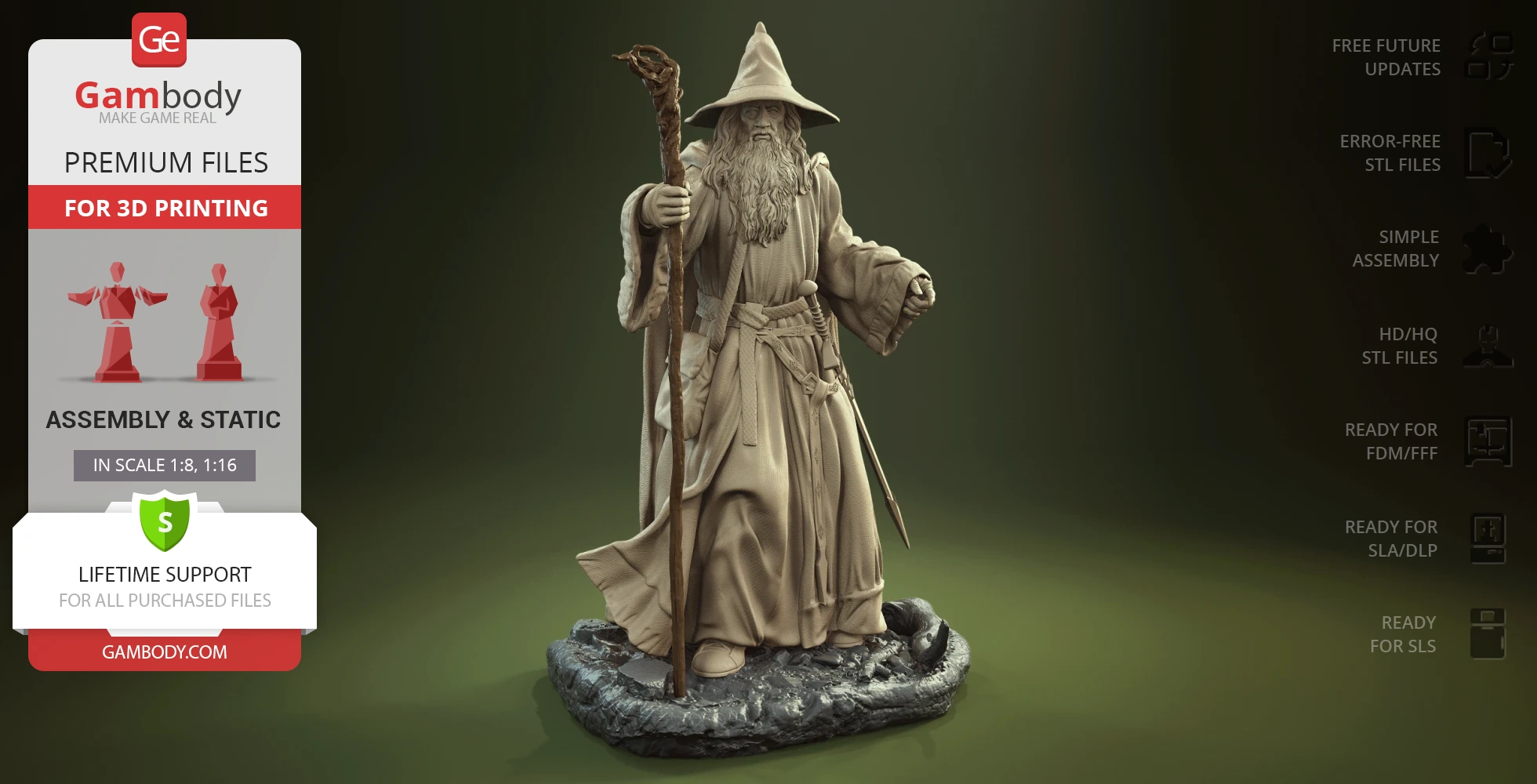
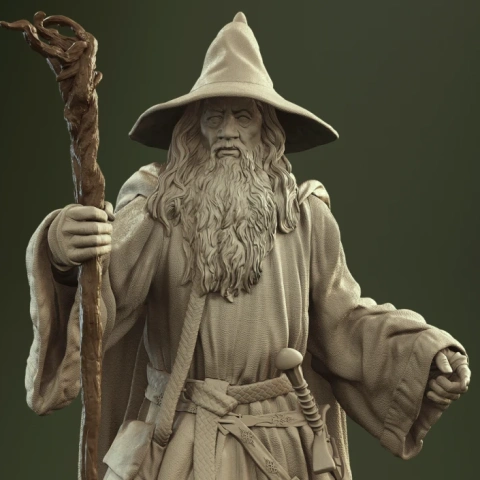
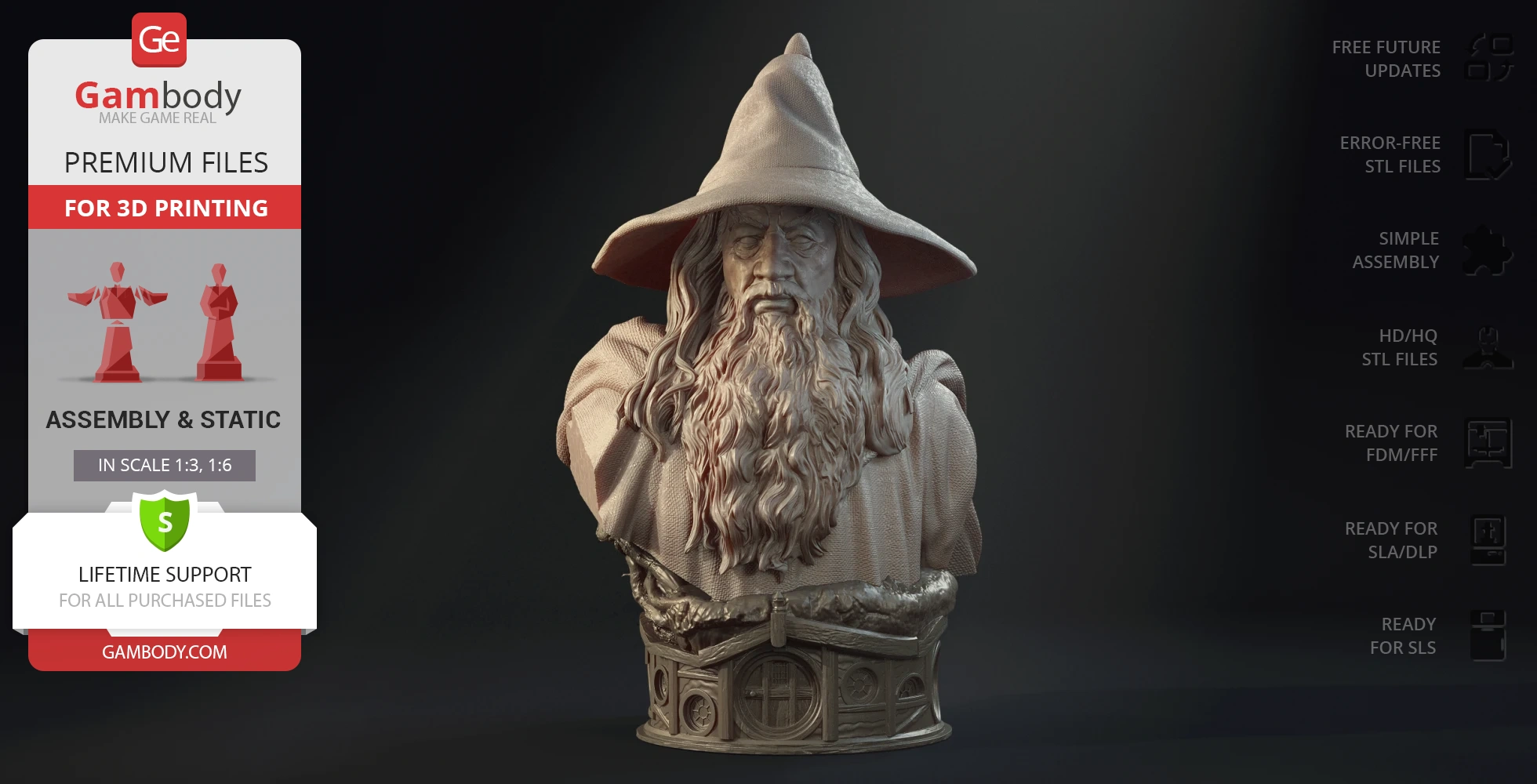
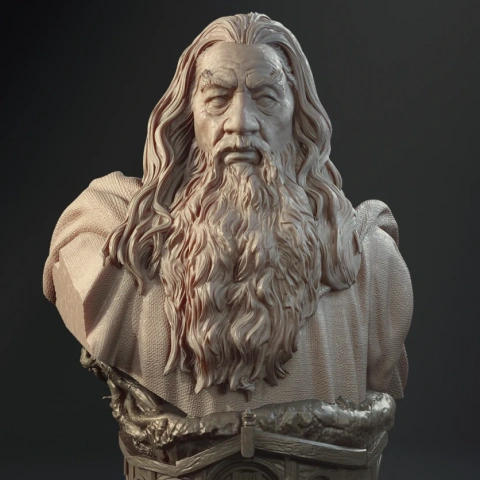
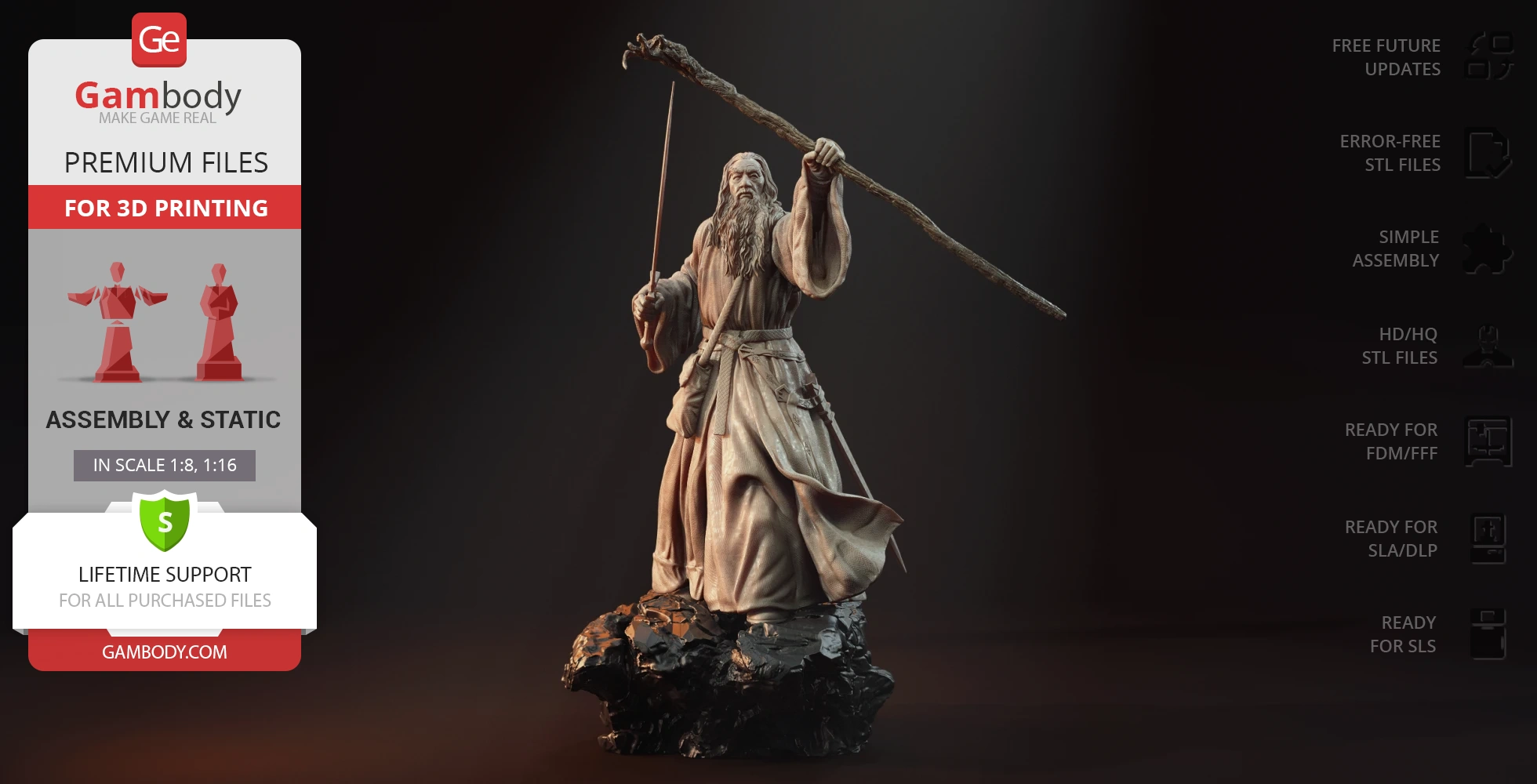
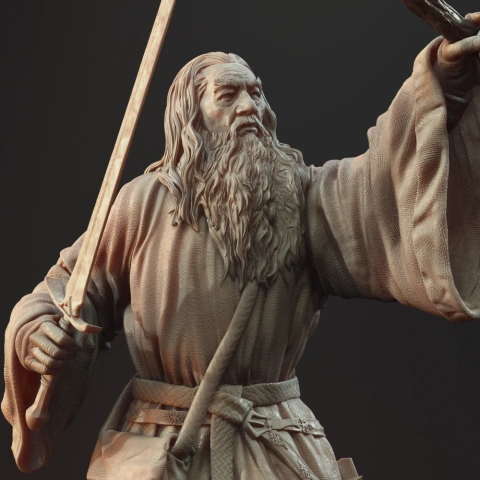
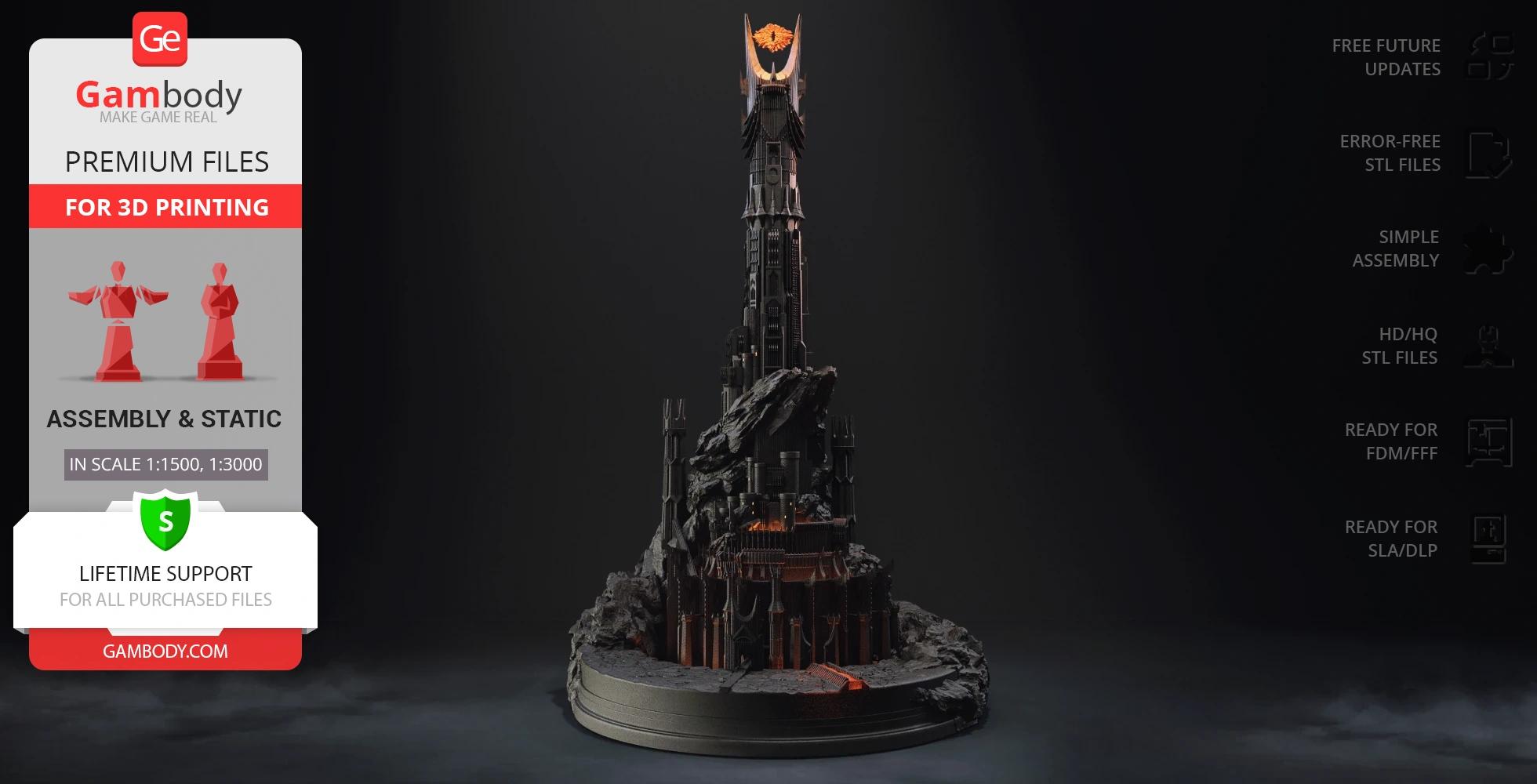
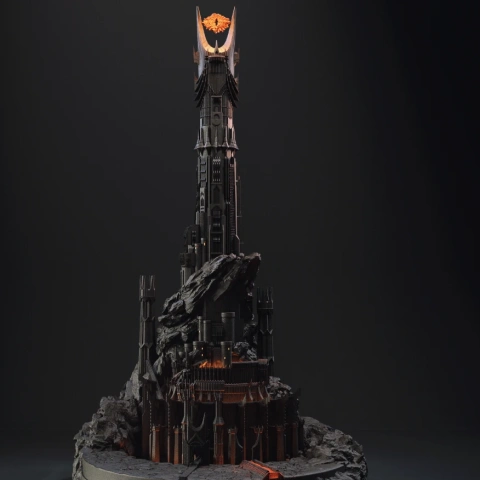
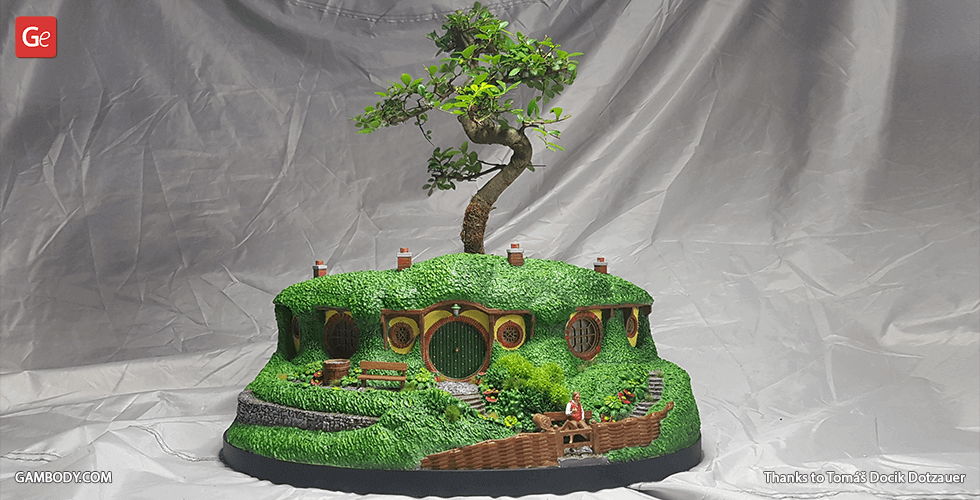
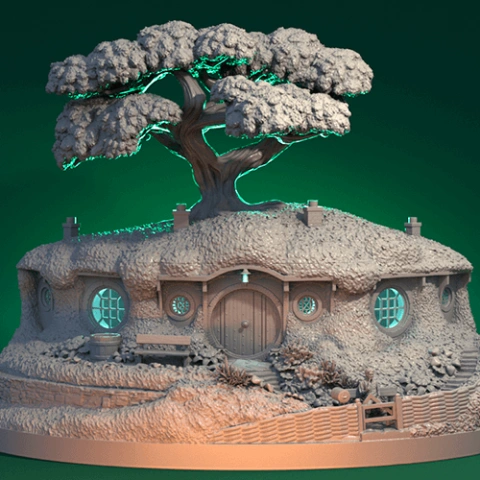
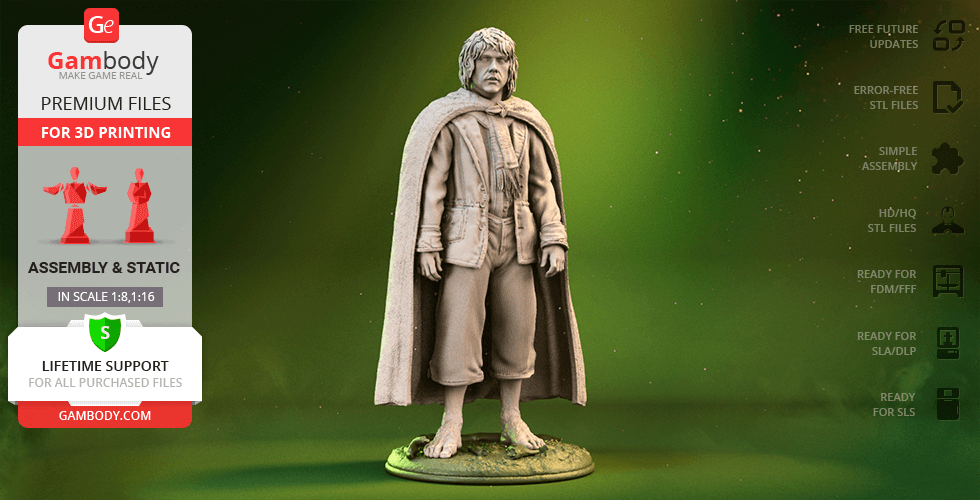
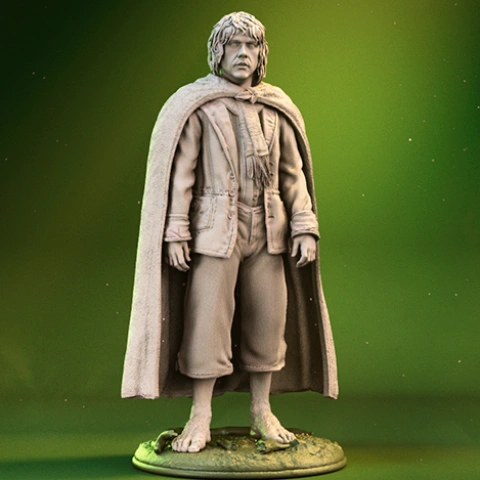
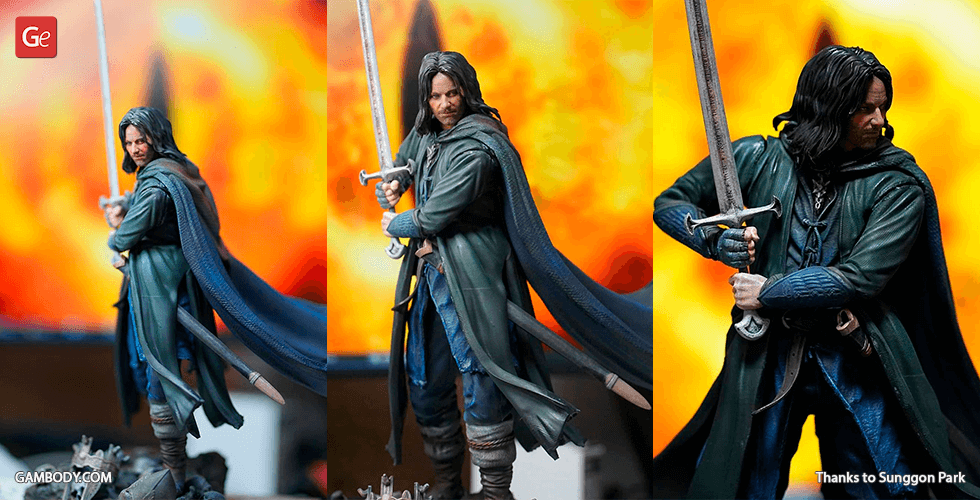
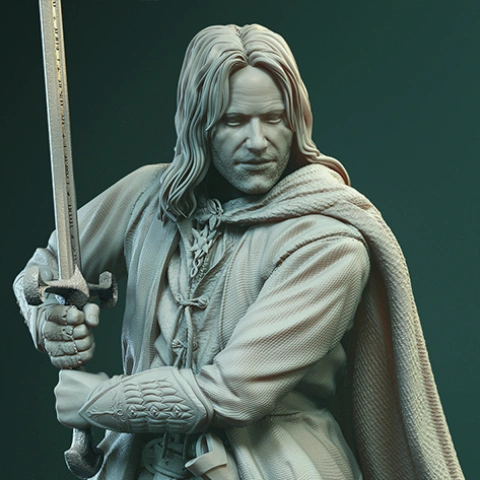
Comments